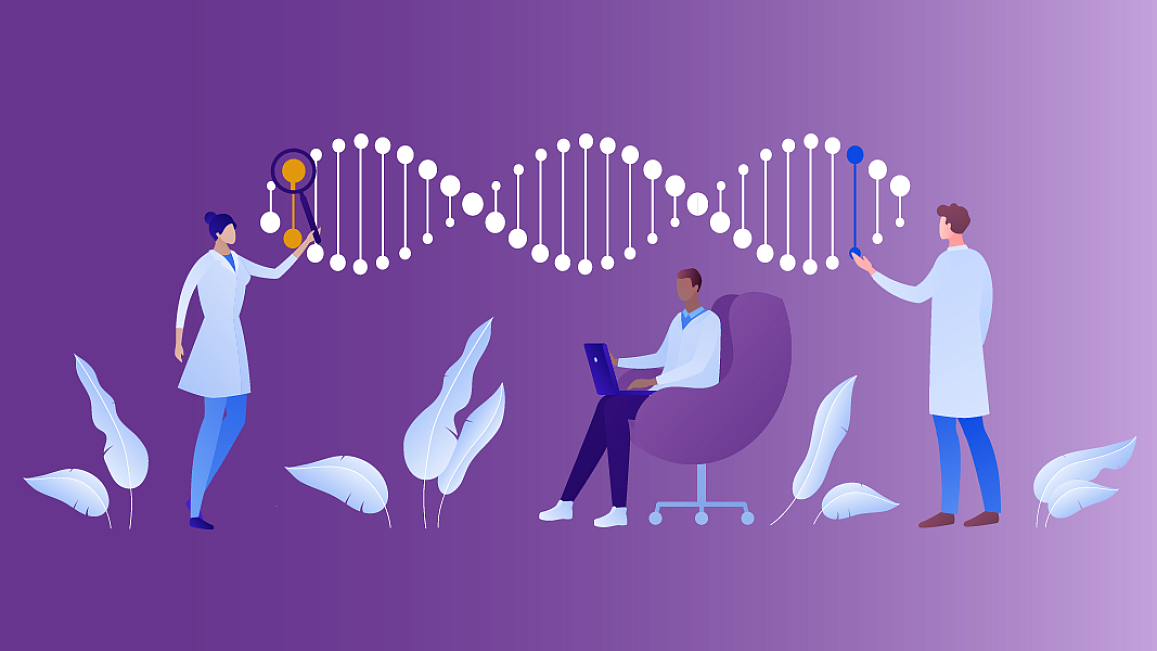New approach successfully traces genomic variants back to genetic disorders
NIH study shows genotype-first approach uncovers new links to genetic conditions
National Institutes of Health researchers have published an assessment of 13 studies that took a genotype-first approach to patient care. This approach contrasts with the typical phenotype-first approach to clinical research, which starts with clinical findings. A genotype-first approach to patient care involves selecting patients with specific genomic variants and then studying their traits and symptoms; this finding uncovered new relationships between genes and clinical conditions, broadened the traits and symptoms associated with known disorders, and offered insights into newly described disorders. The study was published in the American Journal of Human Genetics.
“We demonstrated that genotype-first research can work, especially for identifying people with rare disorders who otherwise might not have been brought to clinical attention,” says Caralynn Wilczewski, Ph.D., a genetic counselor at the National Human Genome Research Institute’s (NHGRI) Reverse Phenotyping Core and first author of the paper.
Typically, to treat genetic conditions, researchers first identify patients who are experiencing symptoms, then they look for variants in the patients’ genomes that might explain those findings. However, this can lead to bias because the researchers are studying clinical findings based on their understanding of the disorder. The phenotype-first approach limits researchers from understanding the full spectrum of symptoms of the disorders and the associated genomic variants.
“Genomics has the potential to change reactive medicine into preventative medicine,” said Leslie Biesecker, M.D., NIH distinguished investigator, director of NHGRI’s Center for Precision Health Research and a senior author of the article. “Studying how taking a genotype-first approach to research can help us learn how to model predictive and precision medicine in the future.”
This page was last updated on Thursday, January 5, 2023
